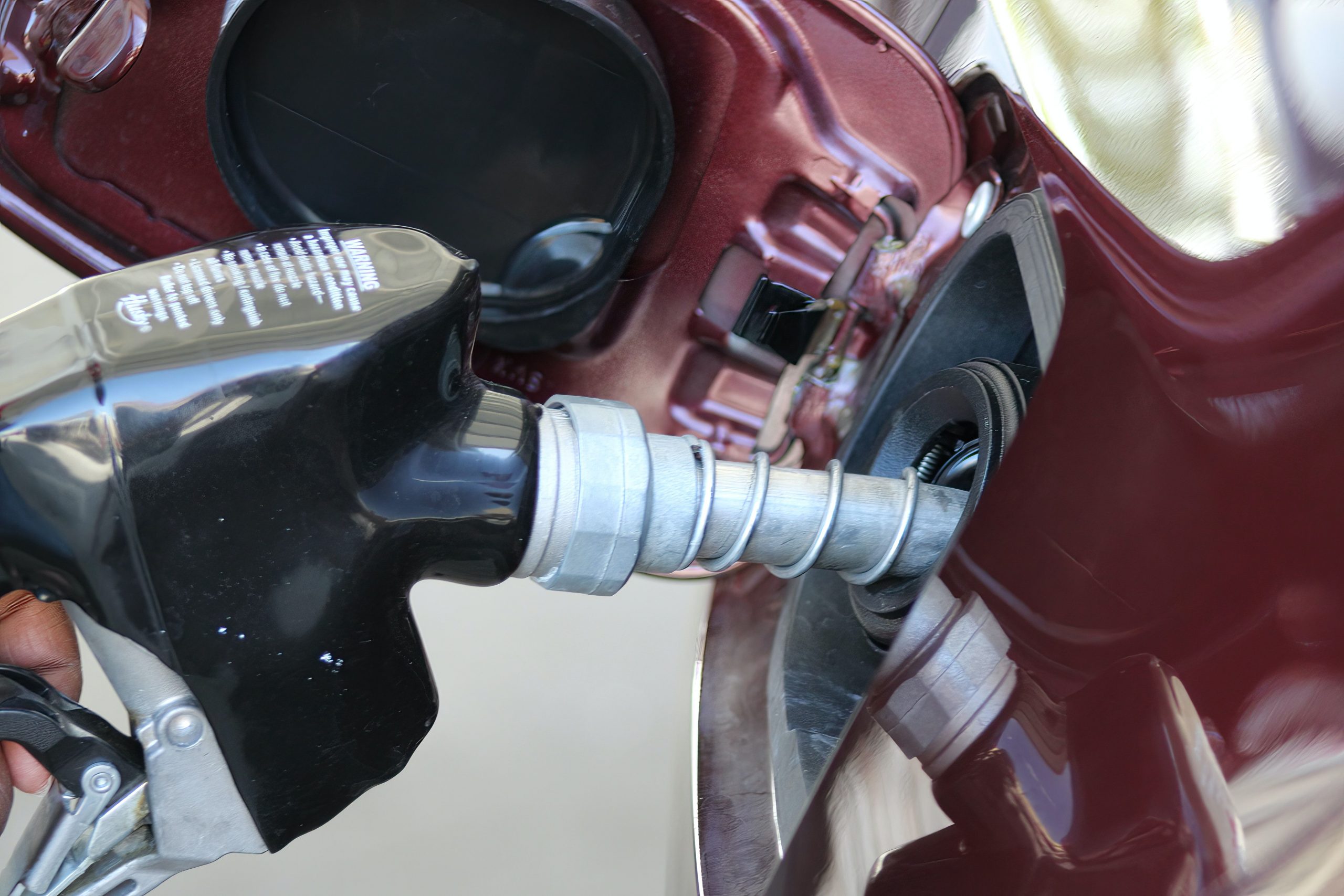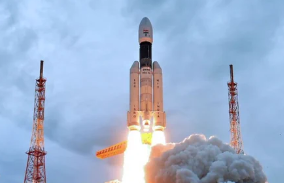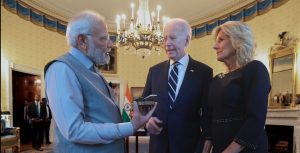Indians filled
their fuel tankers to the hilt in March, ahead of the election season, in
apprehension of an oncoming steep rise and their apprehensions have proven true.
States such as Uttar Pradesh, which went to Assembly polls, so dealers as well
as the public stock up on fuel, according to a Press Trust of India report.
Ahead of the
elections to five states – Uttar Pradesh, Punjab, Goa, Uttarakhand and Manipur –
prices remained stable for nearly four weeks. Results of the polls were
declared on March 10 and prices were revised by oil marketing companies on
March 22.
Prior to March 22,
dealers as well as retail buyers stocked up on oil buoyed by the potential
economic recovery and fearing a post-election price rise. Petrol sales by state-owned
retailers, which control roughly 90% of the market, rose by 8.7%. Diesel, still
the most popular fuel in India, saw over a 10% rise in year-on-year sales. This
was 5% higher than sales reported in March 2019.
In the first half
of March, when the rush to fill tankers ensued, petrol and diesel sales had
risen 18% and 23.7% respectively. Compared to March 2020, when the coronavirus
lockdown was imposed, petrol sales were up 38.6% and diesel 41.6%.
According to
industry sources who spoke to PTI, while retail fuel-buyers stocked up as much
as they could, dealers in petrol pumps filled their storage units as well as
their tanker trucks and mobile browsers. Dealers hoped to buy at a lower price
and then sell at a revised higher price.
Petrol and diesel
prices froze as electioneering began. Prices remained stable all through from
November 2021 to March 2022. Since then, both petrol and diesel prices have
gone up by Rs 6.48 per litre each.
Meanwhile, jet
fuel sales rose 9.8% in March but remained 27.6% less than pre-COVID levels. Jet
fuel sales are expected to pick up with air travel restrictions being down away
with last week.







